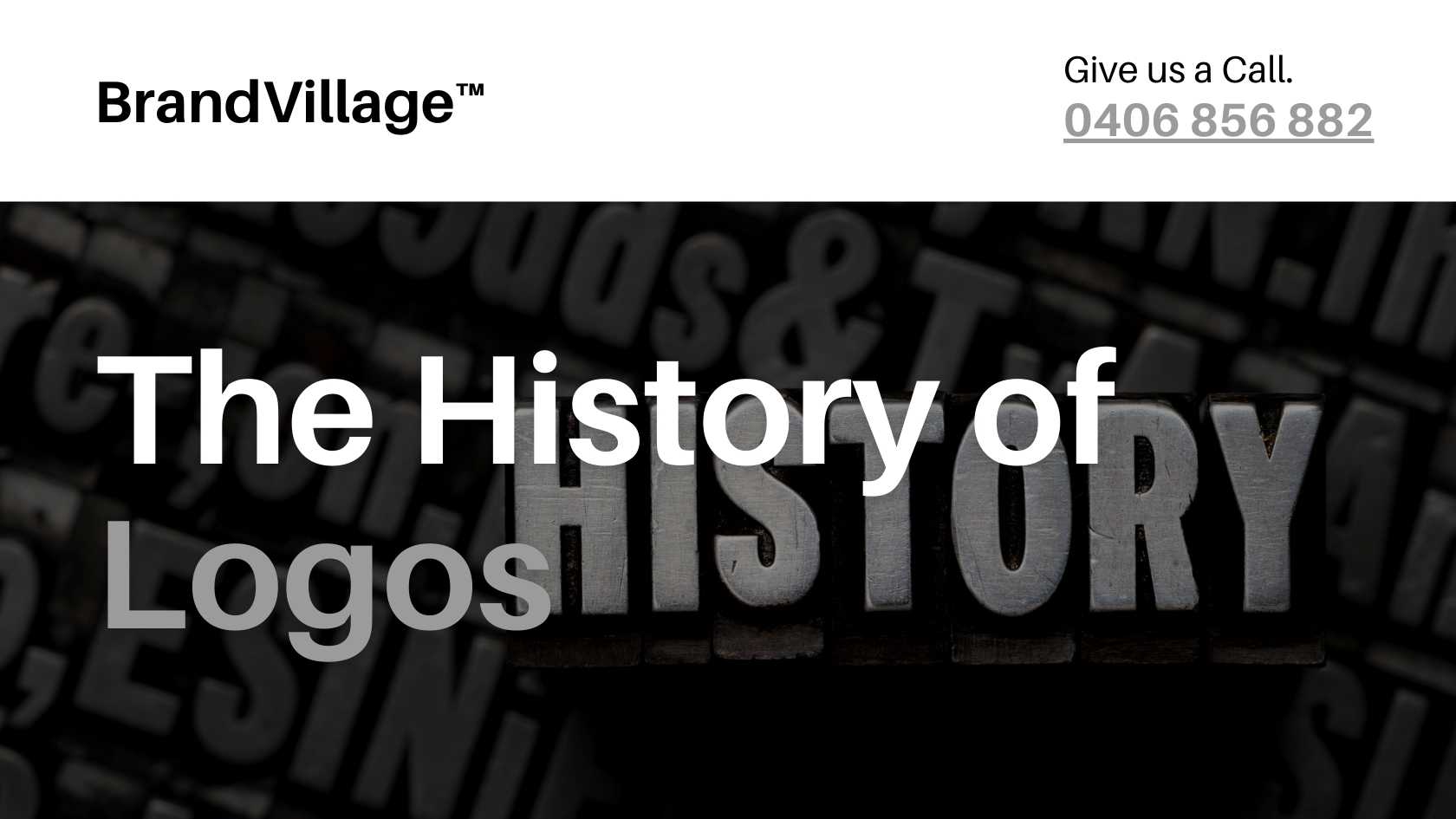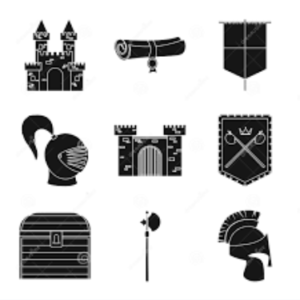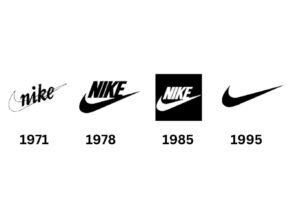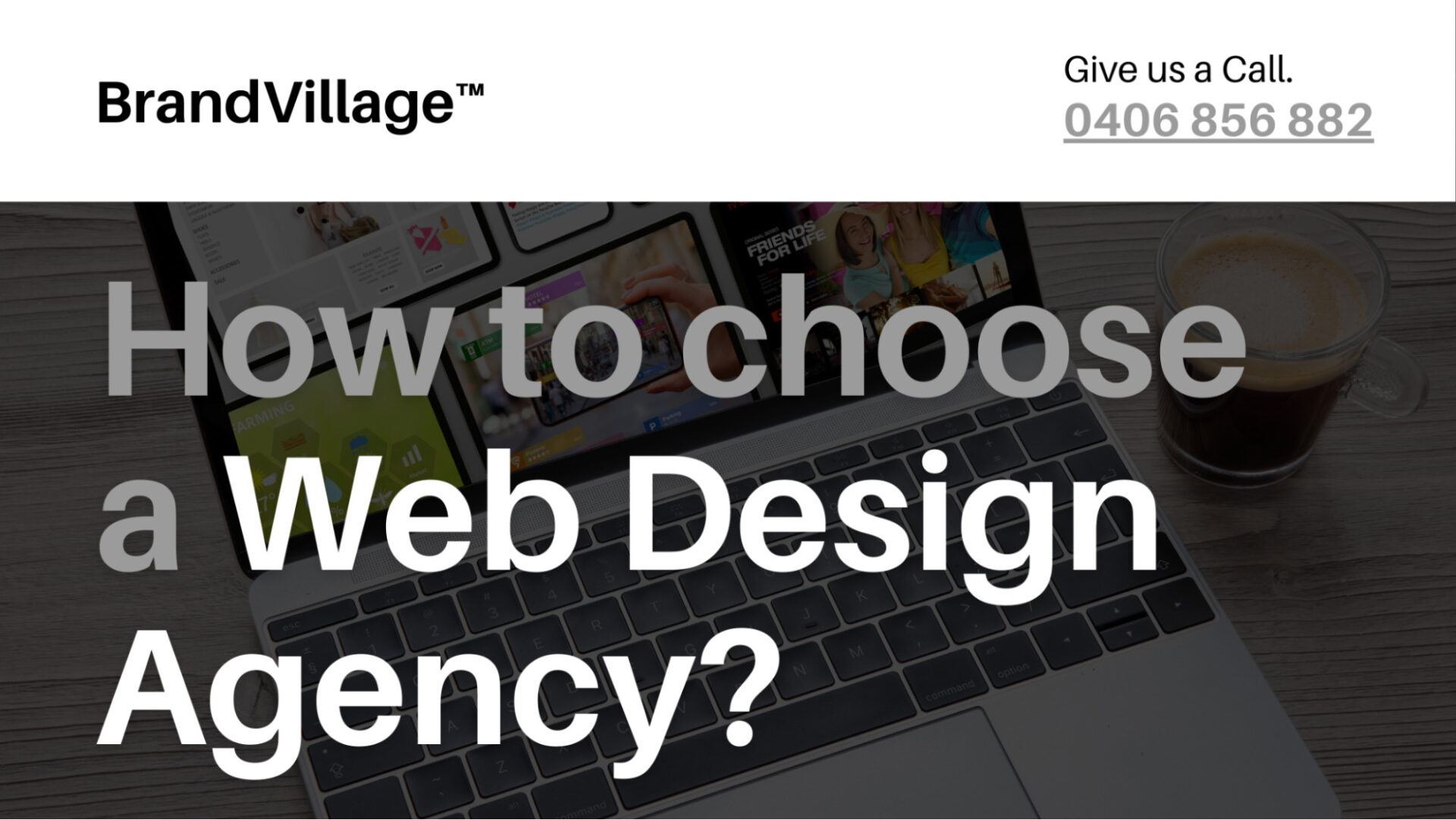The Fascinating History of Logos

Published: May 8, 2023
A logo is a brand’s identity, the miniature image that helps people visualise and recall your brand. It is the first point of contact between the company and its customers. Therefore, it must be impactful, memorable, and lasting for higher brand recall and recognition.
A logo can amalgamate all your values depicted through letters, numbers, symbols, images, colours, and your brand’s cultural background and history. A logo is a distinctive symbol that helps promote brand identification, recognition and recall.
The history of Logos dates back to the times of hieroglyphs and symbolism. Early versions of Logos have been discovered from as far as the Middle Ages, around 1300 AD. One of the oldest Logos is British tea company Twinings which is still in use without any alterations.

Logo Designs from the Turn of the Century – The 90s Era
Some of the significant periods in history were the Renaissance and the Industrial Revolution era.
Renaissance, an Italian term meaning rebirth, was a period that saw trends moving from Ancient Greek and Roman ways to newer modern techniques. During this period, artworks were embedded with symbols or icons inspired by flowers, animals, fruits and other everyday objects.

During the Industrial Revolution, there was industrialisation, a transition from using manual labour to using machinery to produce goods. The companies started creating their own unique identity by using logos. The symbol of the Iron Bridge recognises the Industrial Revolution itself.
One of the most memorable logos created during this era is the Swoosh of Nike.

The trademark Nike logo design was created in 1971 by Carolyn Davidson according to the specifications of Phil Knight, co-founder of Nike. The Logo would be a simple, fluid design that conveyed motion and speed. The Logo is one of the most recognisable symbols in the world and a true reflection of the Brand’s image.
Logo Design from the Victorian Era – The Early 20th Century
The early 20th century transitioned to incorporating decorative forms using sharp angles and geometrical symbols inspired by nature. The logos used Art Nouveau and Art Deco prints. The use of curves and long lines were evident and paved the path of modern art in a different direction.
The birth of modern advertising was around the 15th and 16th centuries with the development of printing, and newspapers began to carry advertising. Companies started mass production of goods and wanted to reach a larger audience.
With increased competition, companies recognised the powers of brand differentiation, creating a unique identity. This led to increased use of logos, advertising, and slogans to grab the public’s attention.
Coca-Cola pioneered a logo design using red and white colour. The simple text reflects excitement and sincerity, which is the Brand’s personality. The Coca-Cola Logo may have undergone minute changes, but the base design has remained unchanged. Coca-Cola has created history by making it one of the most recognisable brands in the world.

Logo Design from the Age of Extremes – Mid- to Late 20th Century
Post-war, things took a different approach. Designers developed a feeling of idealism after witnessing the tragedies during the war. Their work reflected a sense of reconstruction and rebuilding. With the introduction of personal computers, the design industry got equipped with excellent tools that revolutionised their work.
The companies now design logos considering their global reach and not just their home markets. The logos were designed to make strong impressions on the public world over. There was an amalgamation of culture that was reflected in the company’s logos.
One such example is “IBM”.


The IBM logo was designed as a globe with a broad equator encircling it. Business at the top, International in the middle and Machines below clearly signified the message and image IBM wanted to create. Over the years IBM logo has gone through many transformations rebranding the company’s image.
Designs for The Digital Age – 21st-Century Logos
In the digital age, things move fast, and trends come and go. Technology has brought significant changes and advancements in every aspect of our lives. Contemporary designs and trends use graphics and 3D design software, adobe, among others, to define the vibe and purpose of the Brand.
New tools help a logo illustrate the Brand’s image in a minimalistic and straightforward manner with intricate but cleaner designs. The logos designed using technology make it more scalable across various platforms like business cards, websites, posters, and social media platforms.
The Logo of Spotify is a great example which is edgy and modern. It is a simple design with a memorable and distinctive bright colour scheme. Its Logo has already been redesigned twice, making it more recognisable and welcoming.

Conclusion
A logo is the visual communication of a brand. It gives visual clues to the brand’s values, products, services and the identity of the company it represents. The logo for a company should be simple yet striking and should connect with people from Gen X to Gen Alpha.
The technological change and eras have impacted the design of logos.
Globalisation has impacted companies that now have a vast target audience. The logos have gone GLOCAL, from being a local logo for a company during the pre-war era to making it for a global audience.
Although the logo design has moved from being handmade to being designed digitally, the goal for a brand is the same. Every brand wants a global reach, to be memorable, reflect its values and services through the visual clue that a logo can provide at first glance.
Businesses must adapt to the newer technologies considering the likes and dislikes of the global audience they wish to target. A logo has to be unique and differentiate it from its competitors. A logo is now the visual address of your Brand.
As a founder of Melbourne-based design agency, Our logo designers are experts in understanding customers’ needs and translating them into the Logo design that fits right for your brand and its identity.
Articles.

May 2024
How to Choose a Web Design Agency in Melbourne
Having a strong online presence is very important for any business in this digital...

May 2024
What is Web Design? Why is Web Design Important for a Business?
Web design is the art of creating websites. It’s not just about making sites...

May 2024
What does a Website Designer do?
Today, websites are very important for companies, creative people, and sharing information online. A...